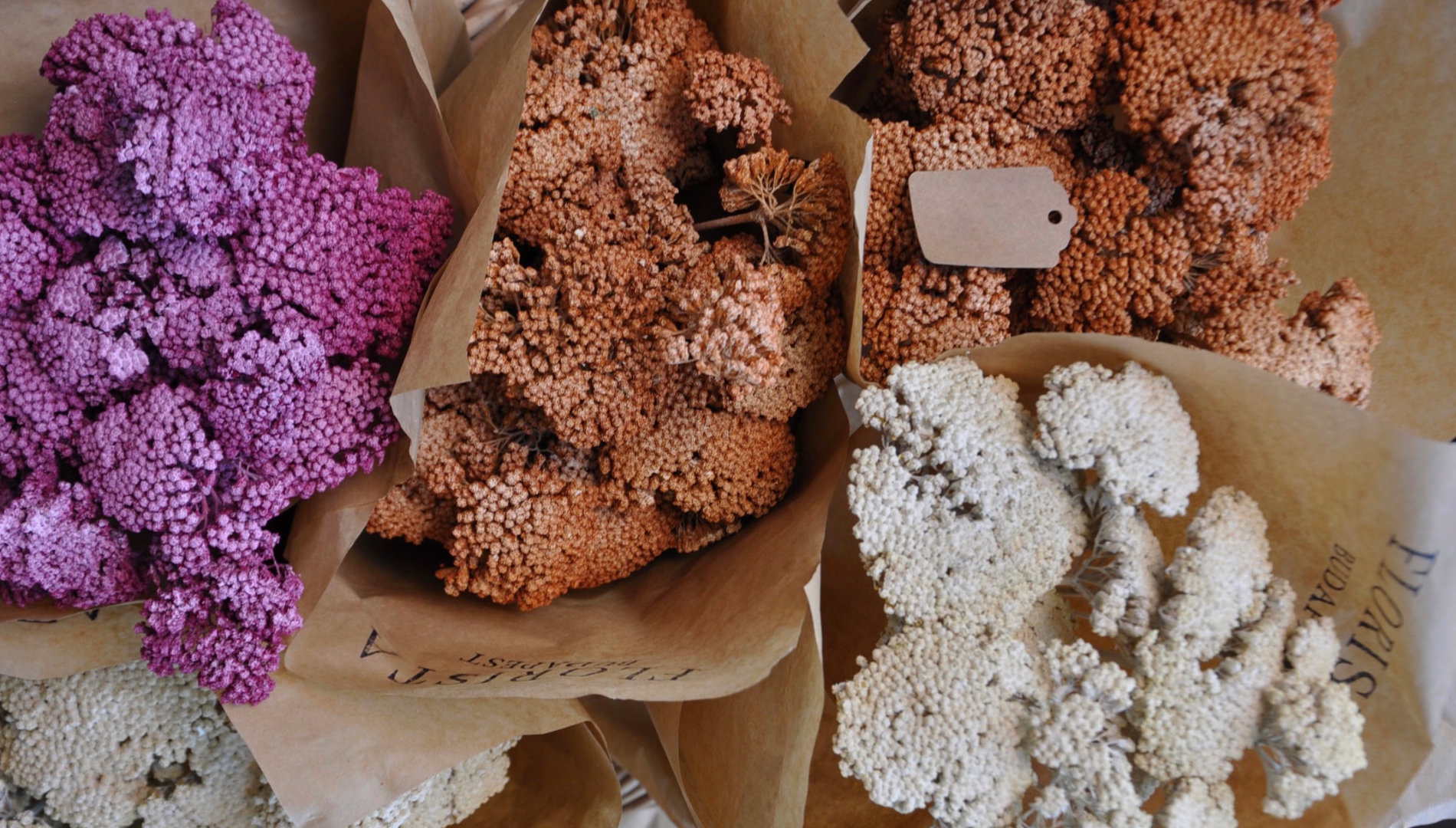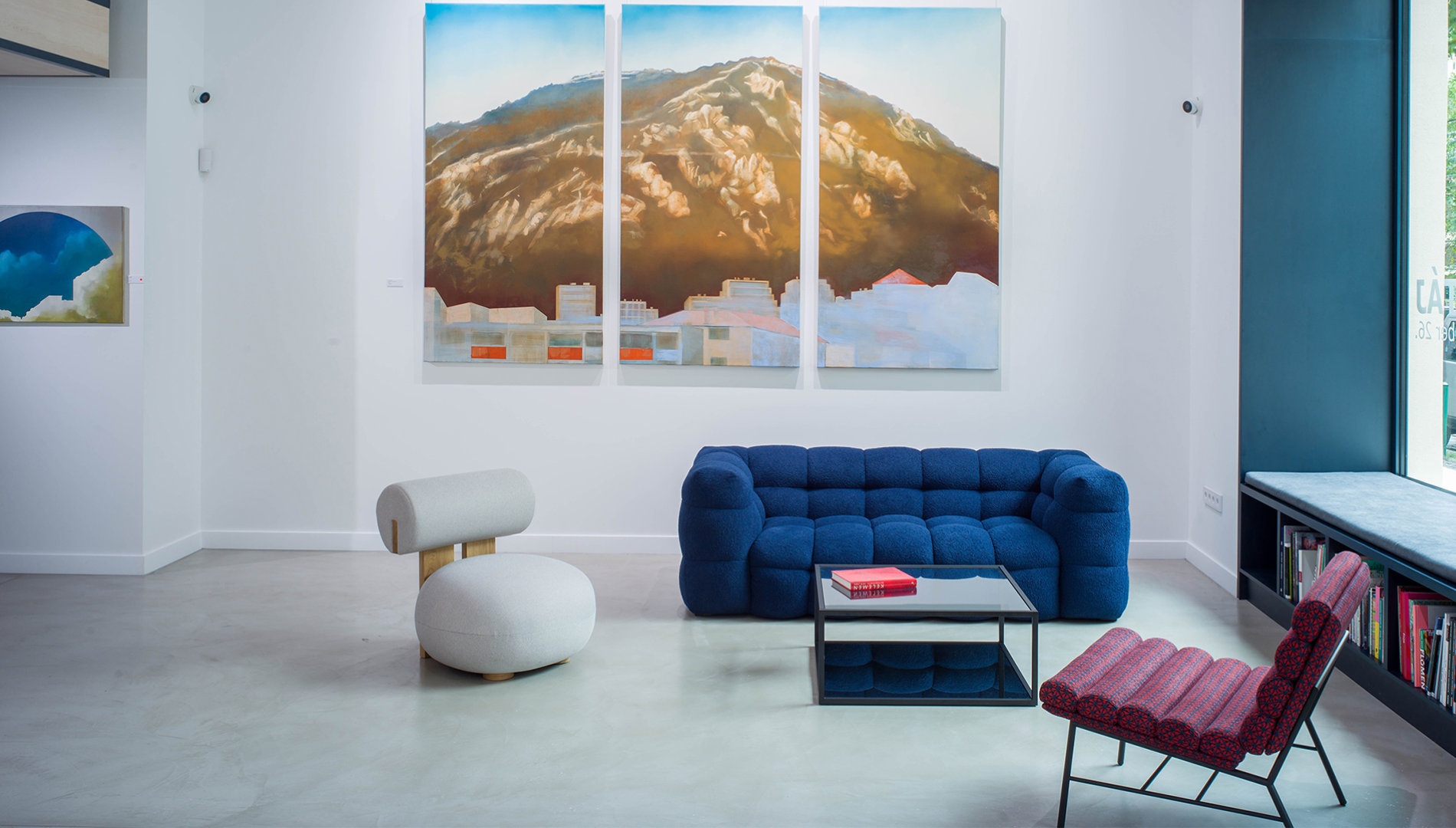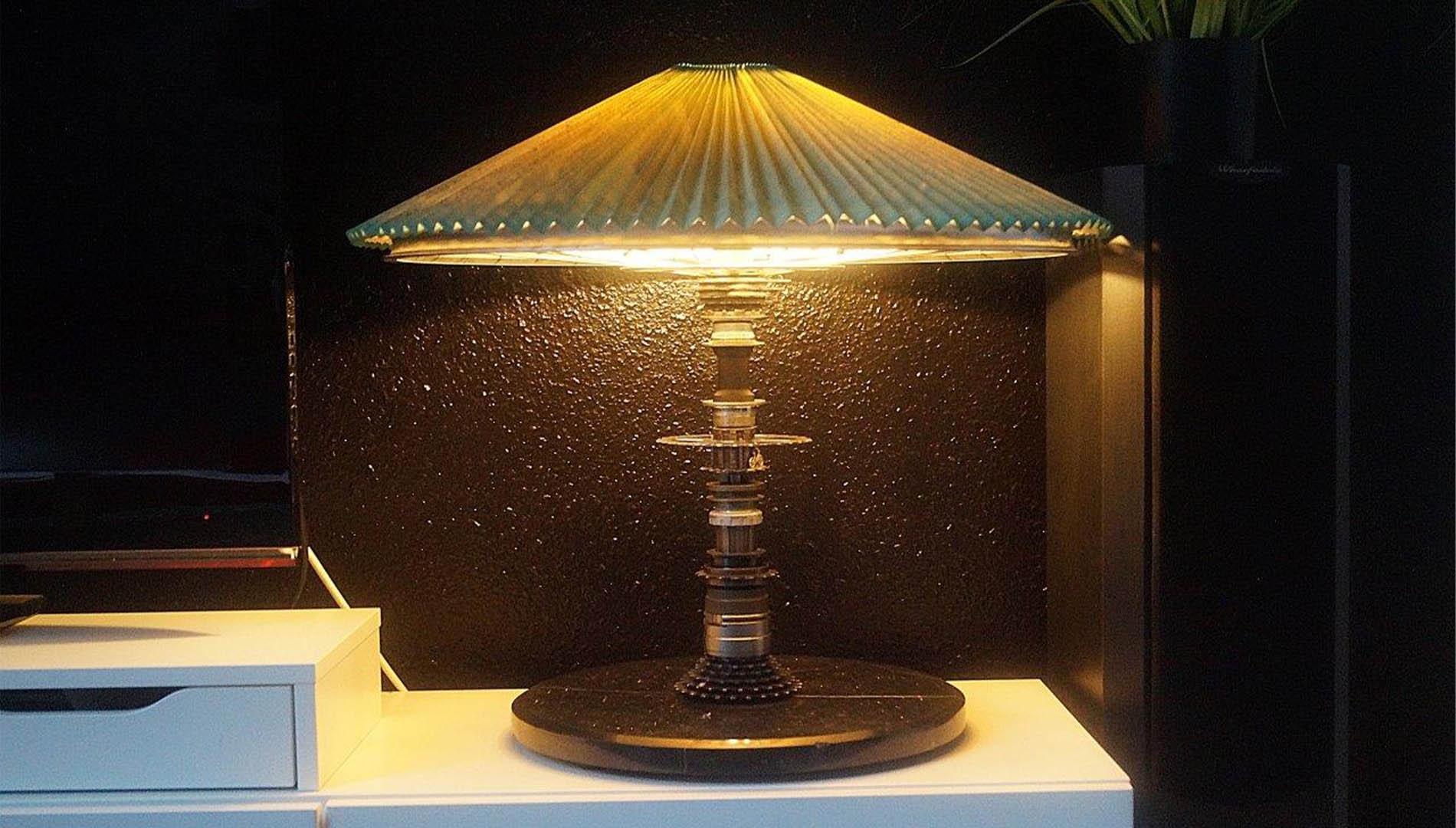
Do IT Yourself!
The Paks Nuclear Power Plant provides electricity to a third of Hungarian households. Its operator, MVM provides a different kind of energy to anyone willing to change their lifestyle in order to preserve our world for future generations: creative energy.
With the launch of the brand’s eponymous program, MVM - the major supporting partner of S/ALON BUDAPEST - has become a symbol of environmental awareness and uncompromising sustainability in the age of climate change and mass consumerism. Our own example is the single most powerful tool in our possession to inspire change, according to Krisztina Iványi. We talked to her about her precious “child”, the Creative Energy Program and what it means for the Hungarian design scene.
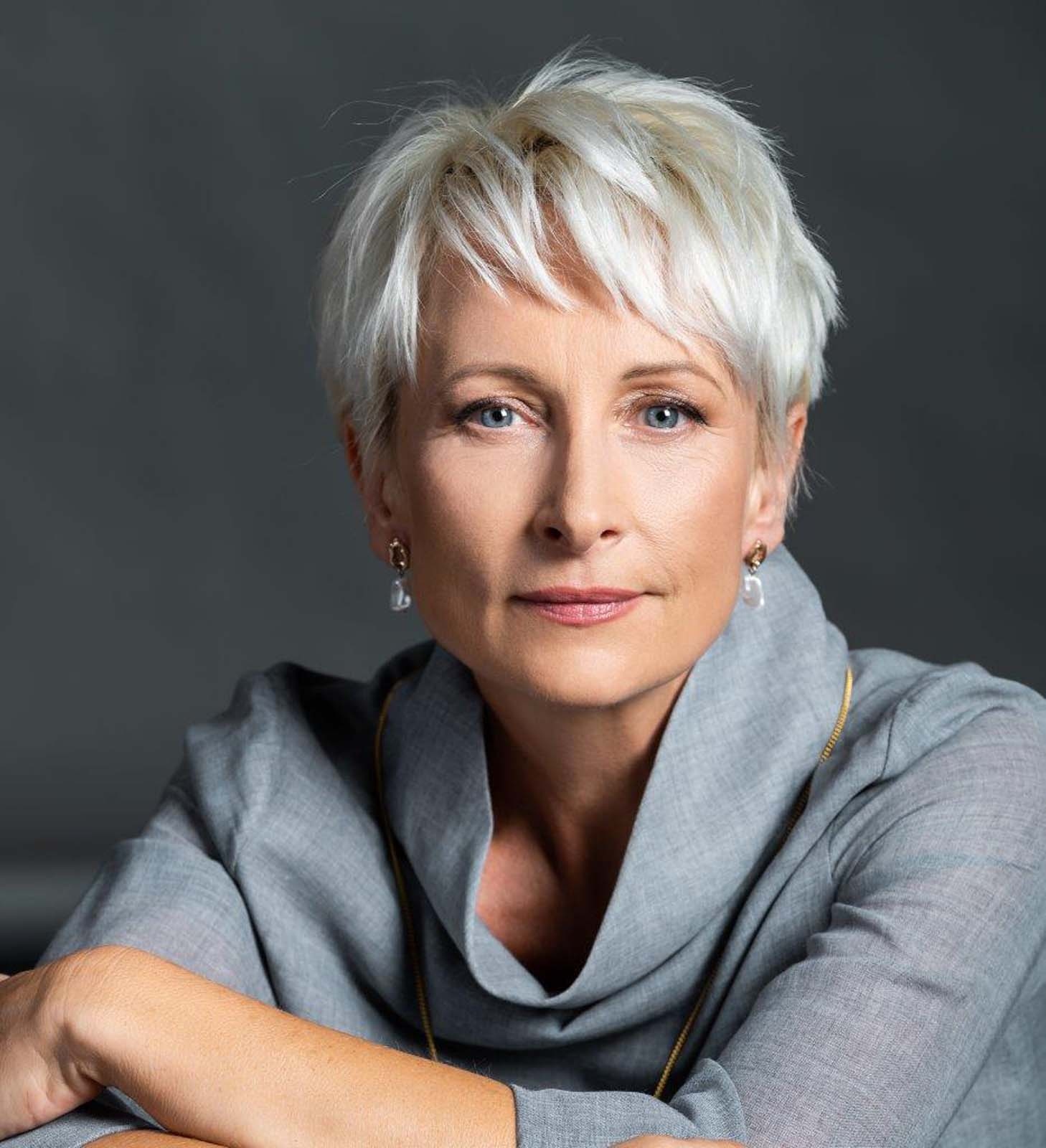
You launched the Alkotó Energia or “Creative Energy” Program in 2016 with the intention of propagating the preservation of existing values, while raising environmental awareness and reducing potential waste. What was the revelation that led to the initiation of this program?
It’s a lesser known fact that the Paks Nuclear Power Plant contributes greatly to the protection of our atmosphere: we generate a tremendous amount of electricity (enough to supply the third of Hungarian households) without polluting the air and our environment. We wanted to make it clear for people that we can all make an effort on an individual level to keep the air around us clean, for example, we don’t have to take any old furniture to the incineration plant.
It is very important for us that we not only talk about reducing household waste, but also present alternative, lesser known solutions and tips for homeowners, and we also take it to our heart to provide knowledge, inspiration and motivation for this process.
This led to the inception of the Creative Energy Program. Primarily, it was a competition aimed at keen and amateur furniture renovators at home. We picked furniture painting as the main focus of our program, because it was a form of waste reduction that had its fair share of societal advantages, and this was all in accordance with our business philosophy.
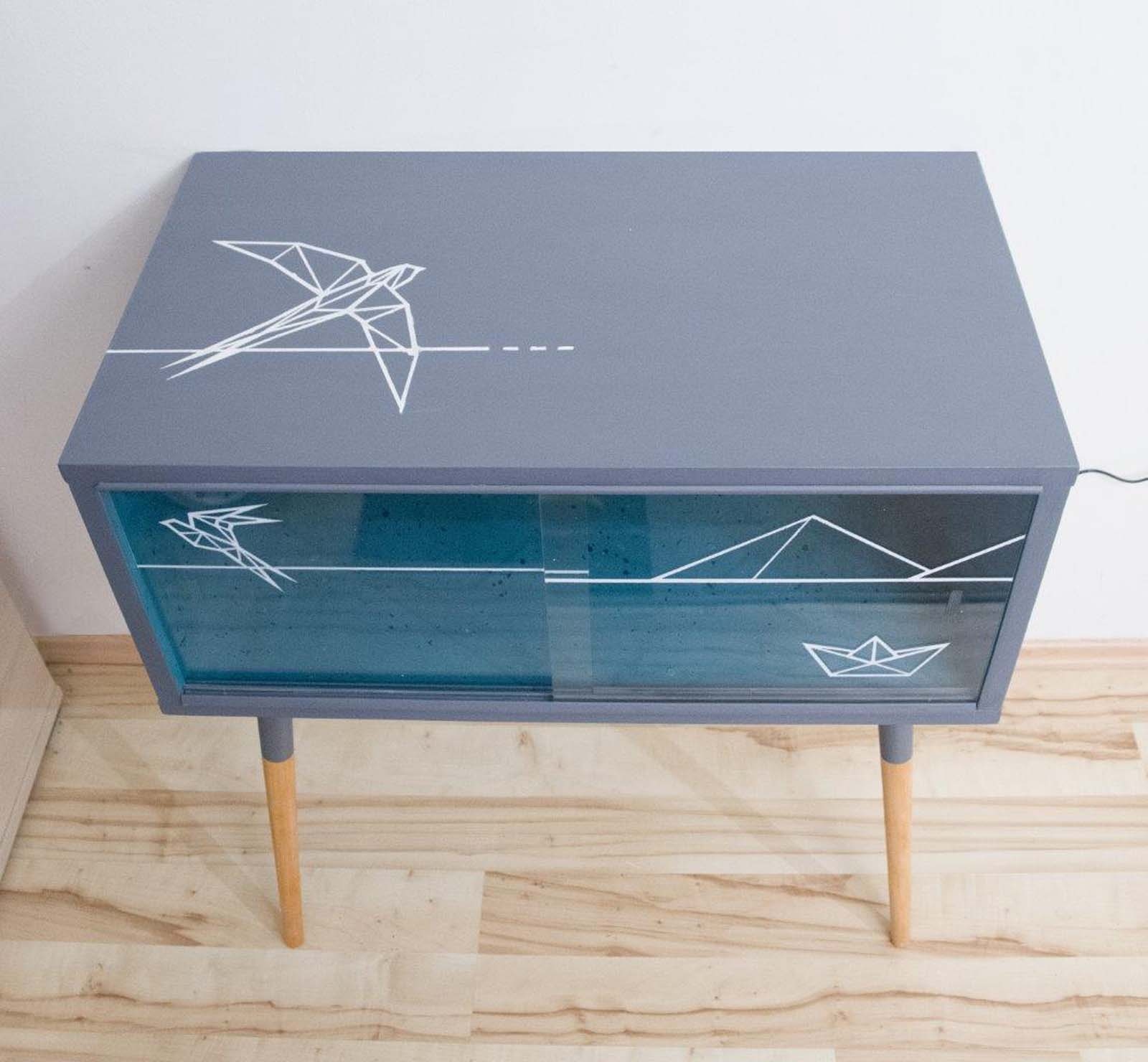
What led to the topics of sustainability, creativity and DIY becoming the center of attention at MVM Paks Nuclear Power Plant Ltd.?
As mentioned before, by exploring the waste reduction potential of furniture painting, we also want to highlight other advantages and positive aspects of this activity. Knowledge development was always essential for the nuclear power plant, especially regarding self-learning and self-teaching: without these processes, many of our previous development projects could have never come to life. For someone to get into furniture painting, they have to master many new skills: they have to become acquainted with wood cleaning and repairing technologies, painting, surface treatment, decoration. All this can only be made possible after they become familiar with materials, the use of different tools and equipment, and this is only the beginning. When the Creative Energy Program was launched, this knowledge was exclusive to online communities whose members taught and inspired each other through their own examples. We shed the light on these communities through the Creative Energy Program and compiled professional materials based on the knowledge amassed by them, then made it available for general audiences. We believe we contributed greatly to the domestic popularity of the DIY movement and the growing number of self-teaching communities: one of the greatest values we learned in our past three decades was the power of collaboration.
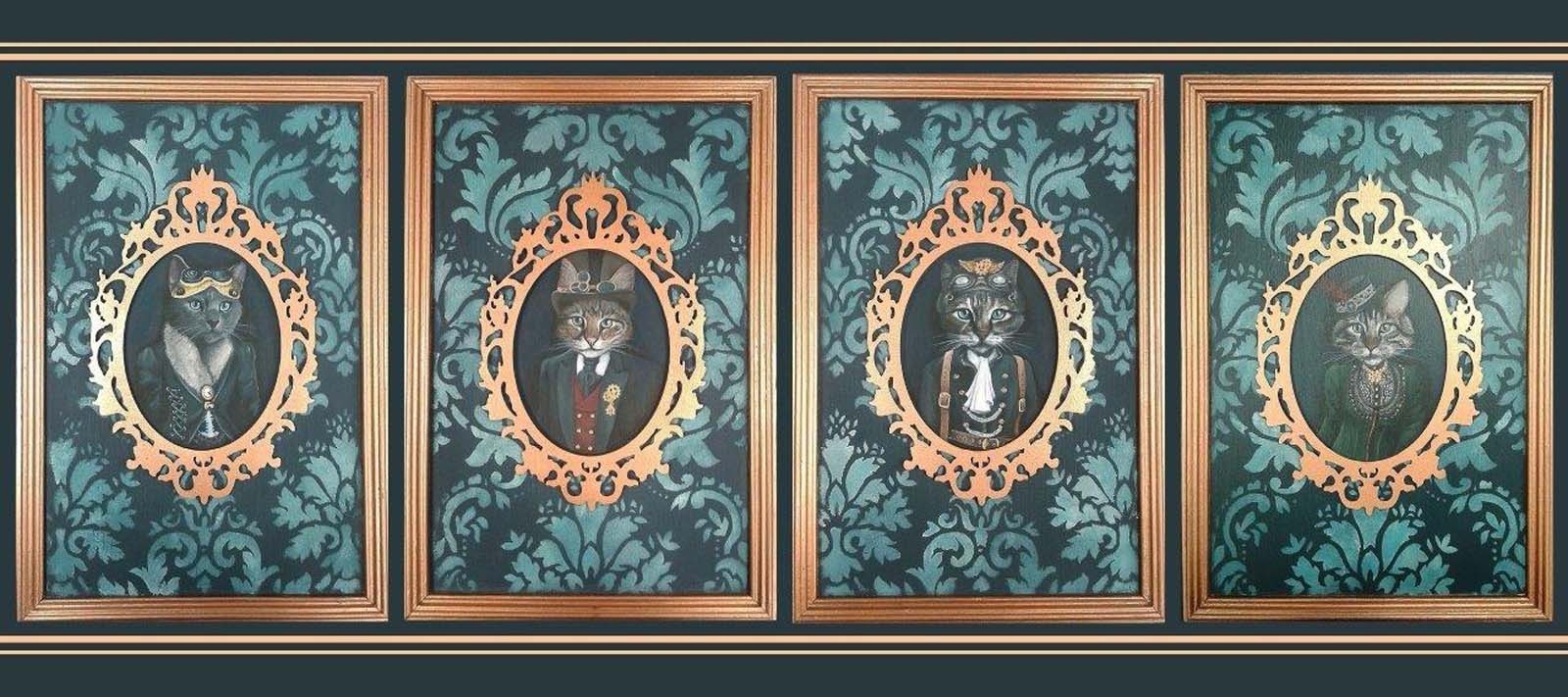
Who is the Creative Energy Program for?
Almost everyone. In our experience, children aged 12 and above - with the help of their parents - are already capable of working with furniture and creating new objects from recycled material. And there’s no upper limit for appropriate age groups. As modern furniture paints and chemicals are mostly harmless and environmentally friendly, children and their parents can freely use and work with them.
Through the Creative Energy Program, we are urging people to try and reuse or convert old, used items in their homes instead of buying new ones.
You shouldn’t throw stuff out just because you don’t like its color - also, refurbishing older furniture pieces can be a neat way to furnish your apartment in an exciting and unique manner. Personally, I think it is extremely important to preserve our history, the stories and tales of older generations that can be naturally attached to any piece of furniture or item. When we invest our own creative energies in the refurbishment of one such item, by combining history and our own personality we create something truly unique and unrepeatable.
What are some of the shared values of the Creative Energy program and large-scale events such as S/ALON BUDAPEST?
I think that the drive to shape taste and perspectives is a very strong connection between S/ALON BUDAPEST and Creative Energy. Working on and creating your own furniture is something that has been a part of everyday life abroad - and it’s getting more and more popular in Hungary as well. This is what I would call a “culture of objects”. It is essential, however, that DIY objects can evolve and progress in style and quality, so that whatever we made in the secrecy of our home can be seen as a real piece of design. The Creative Energy program is proof that home-made furniture can be masterpieces on their own: there are many creators who are churning out pieces with high design value one after another.
What makes S/ALON BUDAPEST important in our mission is that it has the power to shape the taste of audiences: I, personally, tend to think of it as a “home art” exhibition that’s been filling me up with inspiration for years now.
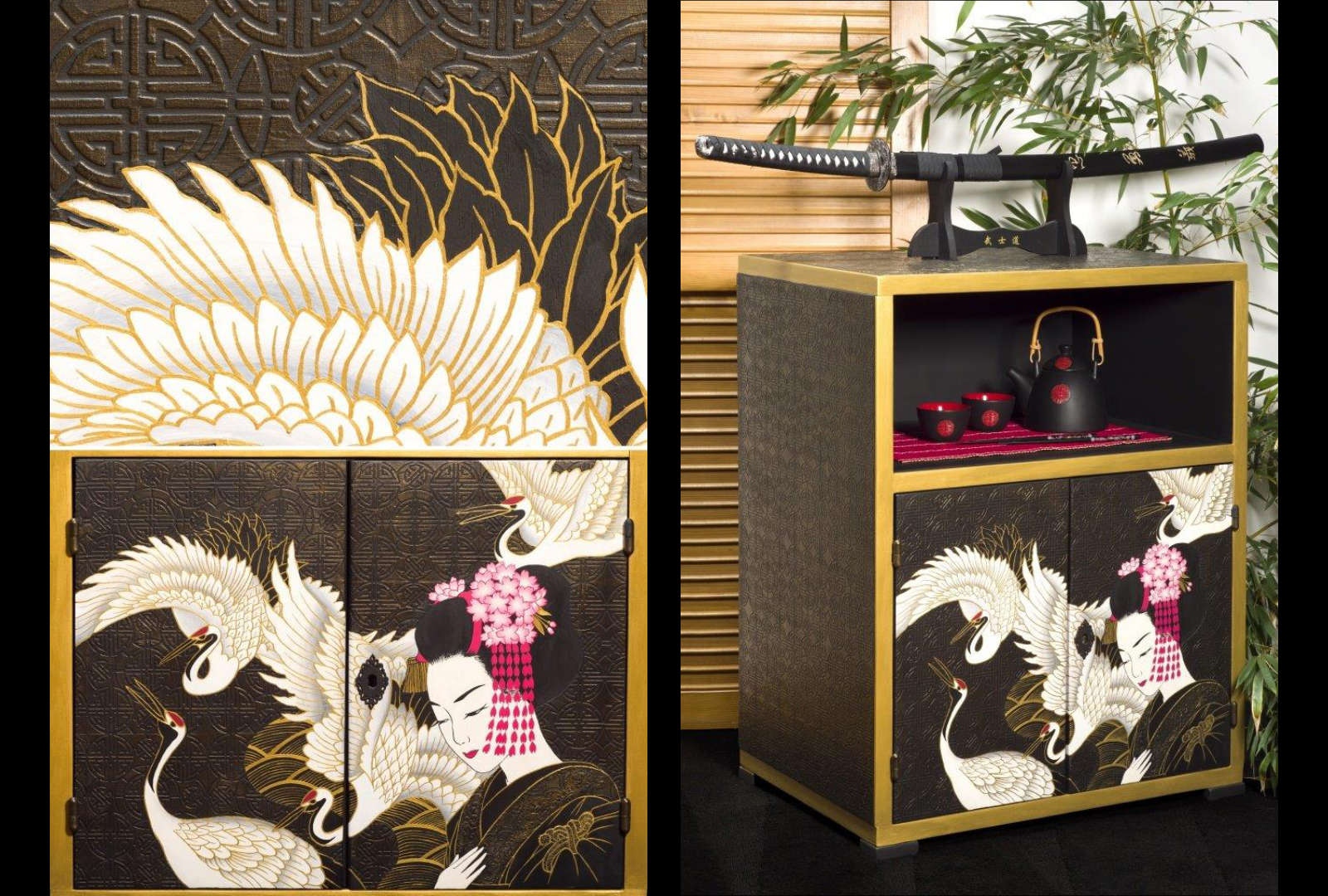
What platforms and related programs are the sponsors of your Creative Energy initiative?
What started as a program aimed to propagate furniture painting was soon expanded to include many aspects of recycling, thus reaching a much wider audience with the diverse possibilities the program can offer. As part of the Creative Energy competition, a jury consisting of DIY influencers judge entries and the best are included in exclusive booklets that includes images and descriptions of the creative process behind said entries. These booklets are made freely available for everyone, including applicants of the competition. We also organize summer camps where renowned DIY creators share their expertise and knowledge with those who were chosen by us to take part in the program - criteria for inclusion usually include their motivation, social situation and their willingness to further share any acquired knowledge. Training videos made for the camp are later released freely for general audiences. We also launched the Creative Energy Magazine that has become the “Alkotó Energia ÚJRA!” magazine in later years - leaving paper behind and becoming a digital magazine for obvious purposes. We held auctions of previous DIY creations, and we sponsored large-scale charity events aimed to raise funds for the renovation of social institutions for children. We are providing daily inspiration for our followers on Facebook and Instagram, and on our official website www.alkotoenergia.hu all our previous publications and issues are available: including the latest issue of the now-digital ÚJRA! magazine, complete with image and video galleries.
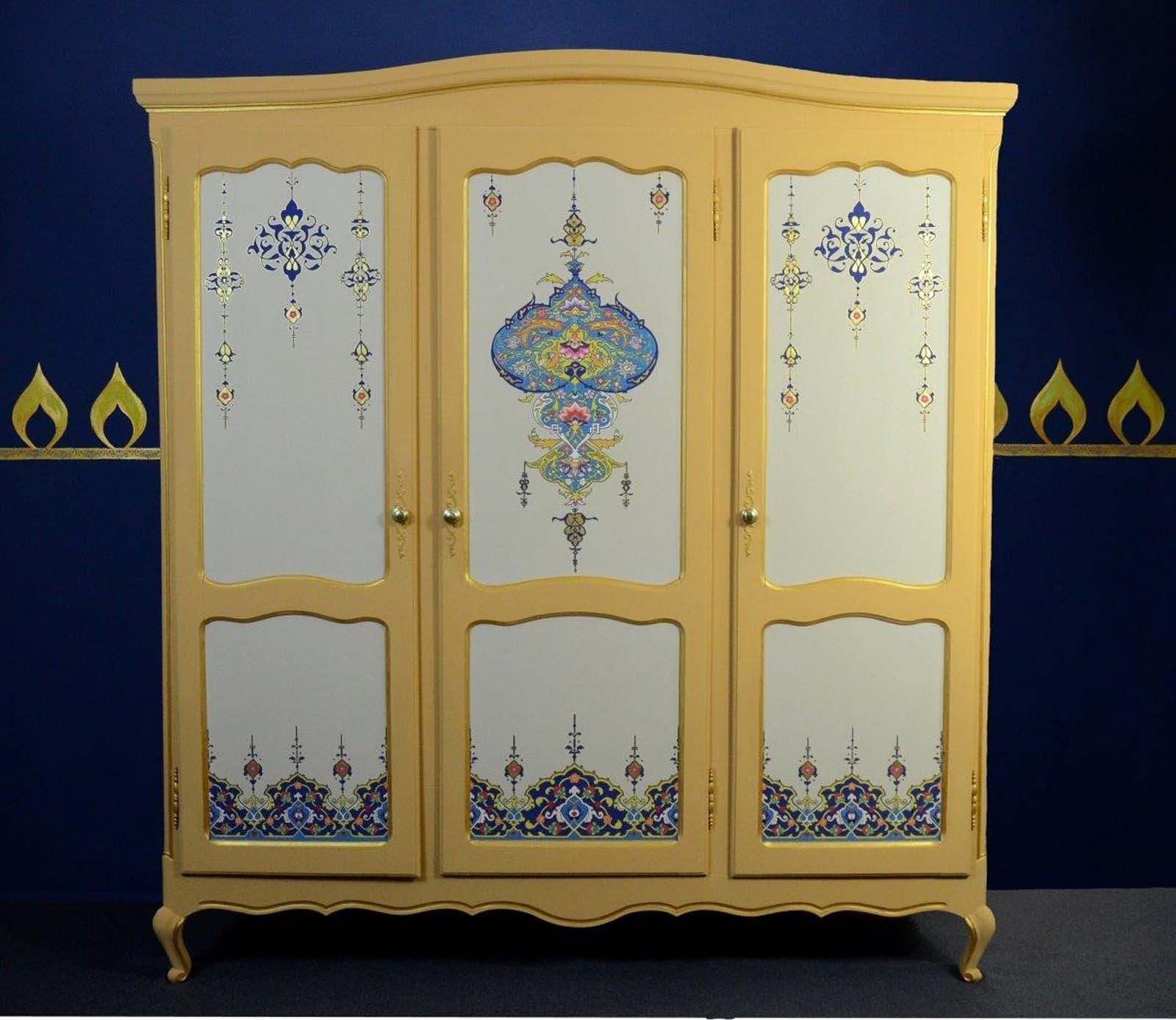
Do you have a constant professional team behind the further development of the program, or is it an interactive process that includes keen communities?
Creative Energy has been worked on by a small but permanent team from the beginning, and our work is complemented by the communications team of the nuclear power plant. Naturally, we want to hear the voices of competitors, applicants and all the communities that formed around us: we are open for their opinions and enquiries.
How can a program in the likes of Creative Energy contribute to the raising of consumer awareness?
I’m sure that - hopefully, in part due to the Creative Energy program - consumer behaviour has changed greatly in the past year already. On one hand, a new segment formed as a result of the growing prominence of home furniture refurbishments. There’s the procurement, trade and research of base materials and home items, the distribution of renovation paints and accessories, the provision of necessary training, and so on. Along with these, there are many who can already make a living from the creation and selling of their own DIY items. On the other hand, there’s a growing layer of society where people invest in DIY solutions and recycling either because of emotional reasons, meaning that they are attached to old and used home items, or because of financial reasons. There’s also a number of people who simply fell in love with the prospect of creating their own furniture and they see them as completely custom-made, individual pieces of home art. The ever-so popular slow living philosophy has also a positive effect on consumer behaviour and responsible consumption.
What’s the secret of the unceasing popularity of this program?
To be honest, I don’t think there’s any secret. Five years ago we launched an initiative that presented an alternative to a great number of people who were hungry for big changes, but apart from a few, nearly no one knew how to make those changes. There were pioneers of the DIY scene already, but, I believe, we managed to introduce this world to a far wider audience. And once we’ve started, we kept on going: we, of course, have our own limits. Our intentions and aspirations are relentless and unquestionable. I’m sure I am biased, but I truly believe that our program has no disadvantages both on an individual and social level.
If people start to live more consciously - whether it’s eating habits, clothing habits or water and electricity use -, they start to realize the potential to introduce awareness to many other fields of their everyday lives. Their perspectives and lifestyles start to change, and, as a result, they contribute to the preservation of our natural environment until future generations take it over from us.
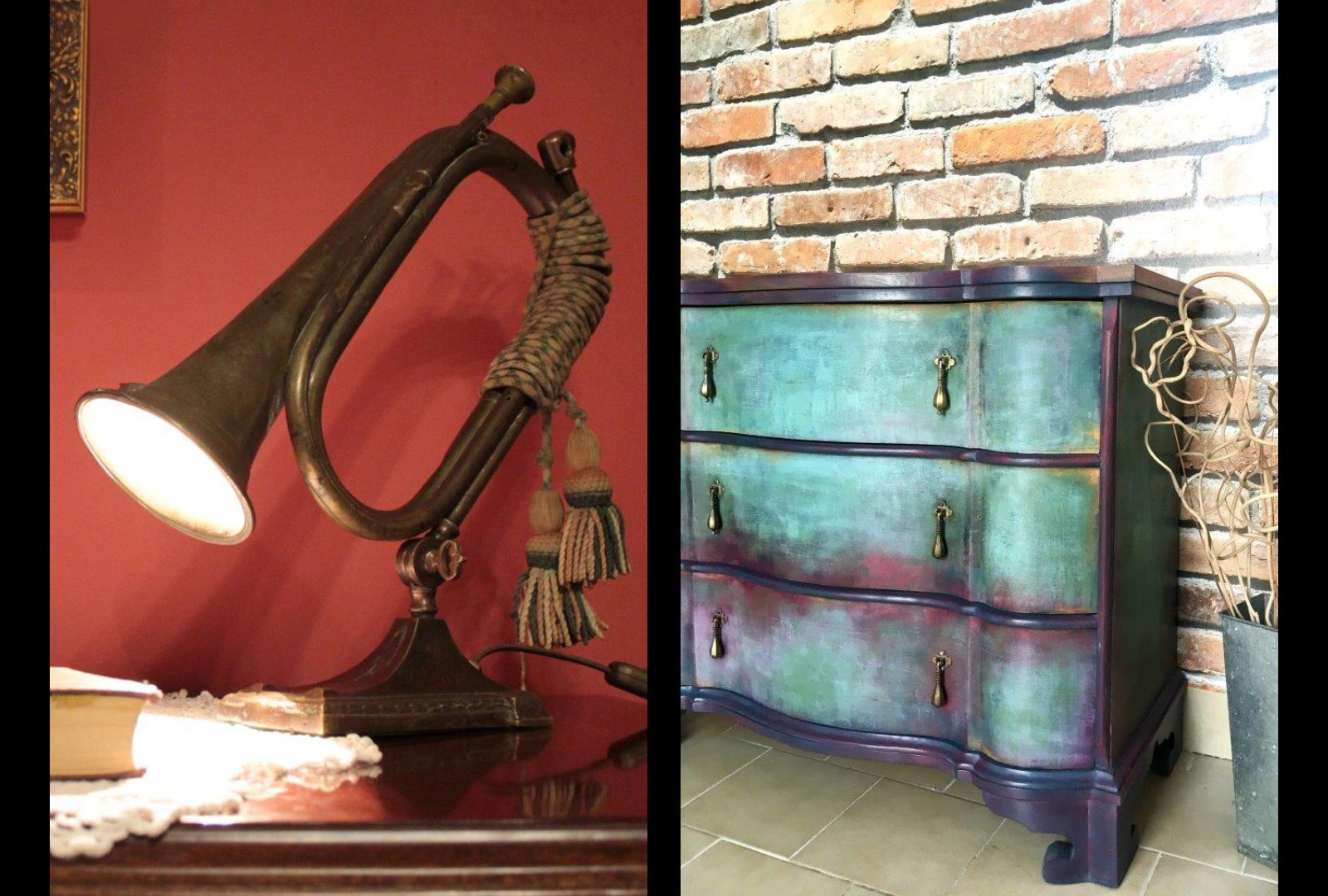
What are you most proud of from the past 5 years?
We are proud that furniture painting, DIY furniture refurbishing and recycling have become very popular thanks to our investment in the program. We are proud that, with our own input and help, the DIY community really prospered in the past few years. But what I’m most proud of is that we, women, could become equally respected members of the male-dominated DIY community. Now we know what the difference is between a belt sander and a mitre, and not only that, we can also easily operate them! This newly gained knowledge gives me immense pleasure and confidence.
Is there a project idea or event from the past that stands close to you?
The Creative Energy Program - including the name and the concept - is my child, which makes it very dear to me. If I look back at the past 5 years, I can see that this “child” of mine has fulfilled its mission, and that really moves me. When we launched the program - and I can’t be thankful enough for my superior, the communications manager of the nuclear power plant Antal Kovács for believing in me and my program - we knew that we were about to do something good. But I never thought it would become what it is now. It just happened, and it makes me very happy that we have grown beyond our own original vision.
What’s next for the Creative Energy Program in the next one or two years?
Renewal, hopefully.
I think that our original goal of reducing household waste by introducing furniture refurbishing measures has been reached. From now on, we’d like to put the emphasis on shaping perspectives, but there’s an even more essential aim: we’d like to become the leading advocates of a cyclical economy and slow life, and we hope to inspire people to establish sustainable home environments. These are the notions ÚJRA! magazine was founded upon, and I hope our future dreams will become a reality one day.
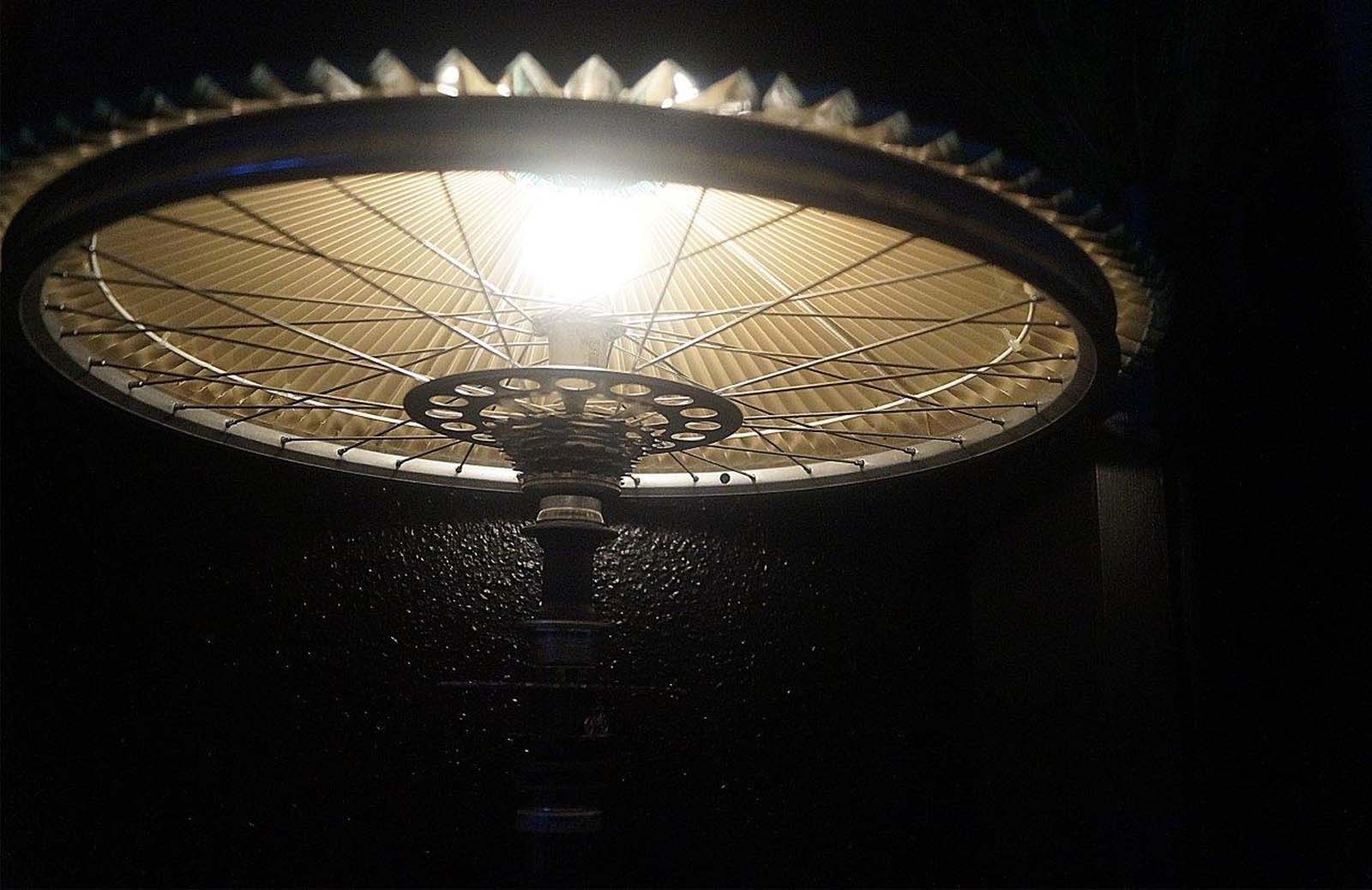
MVM is here to bring the future of furniture design and consumer behaviour to S/ALON BUDAPEST. Let’s meet at the Budapest Arena between September 24-26. and engage in a discussion with representatives of leading Hungarian and international manufacturers about what it really means to be responsible in the world of modern and sustainable interior design. Buy your tickets to Hungary’s largest interior design fair now, and make sure to follow us on our official Facebook and Instagram pages.

